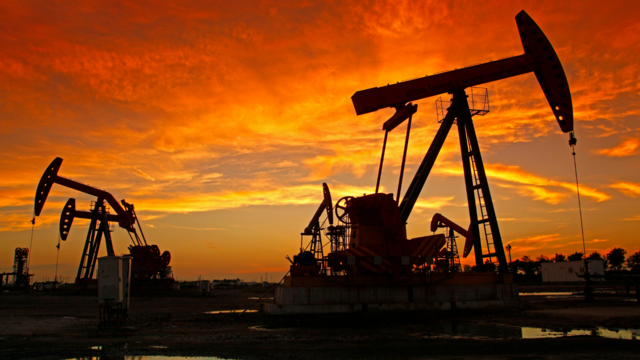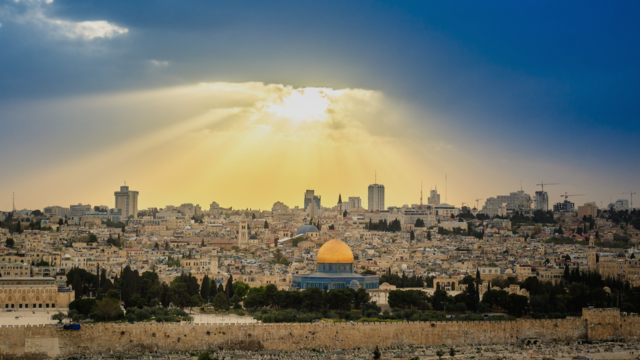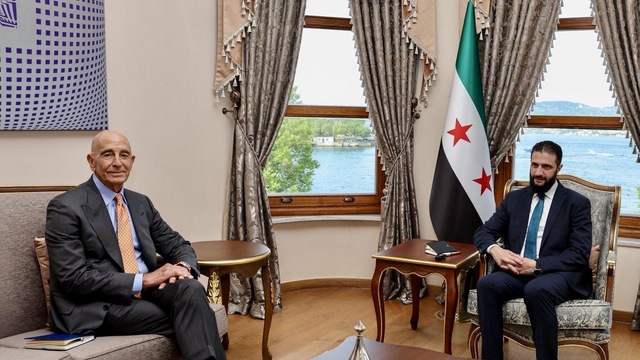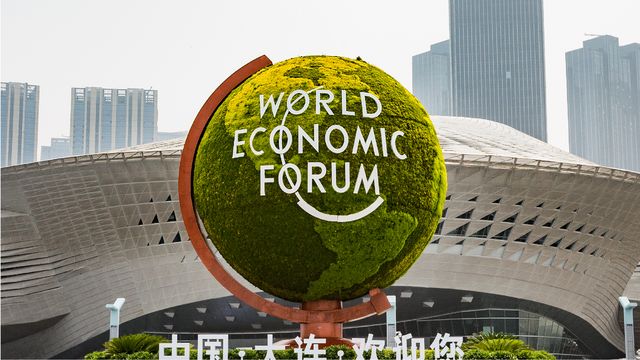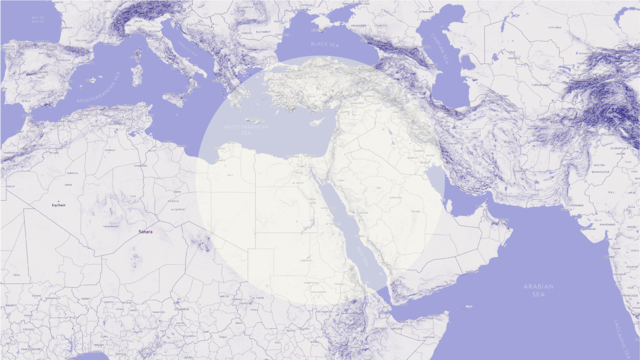Egypt, a future gas supplier to the European Union?
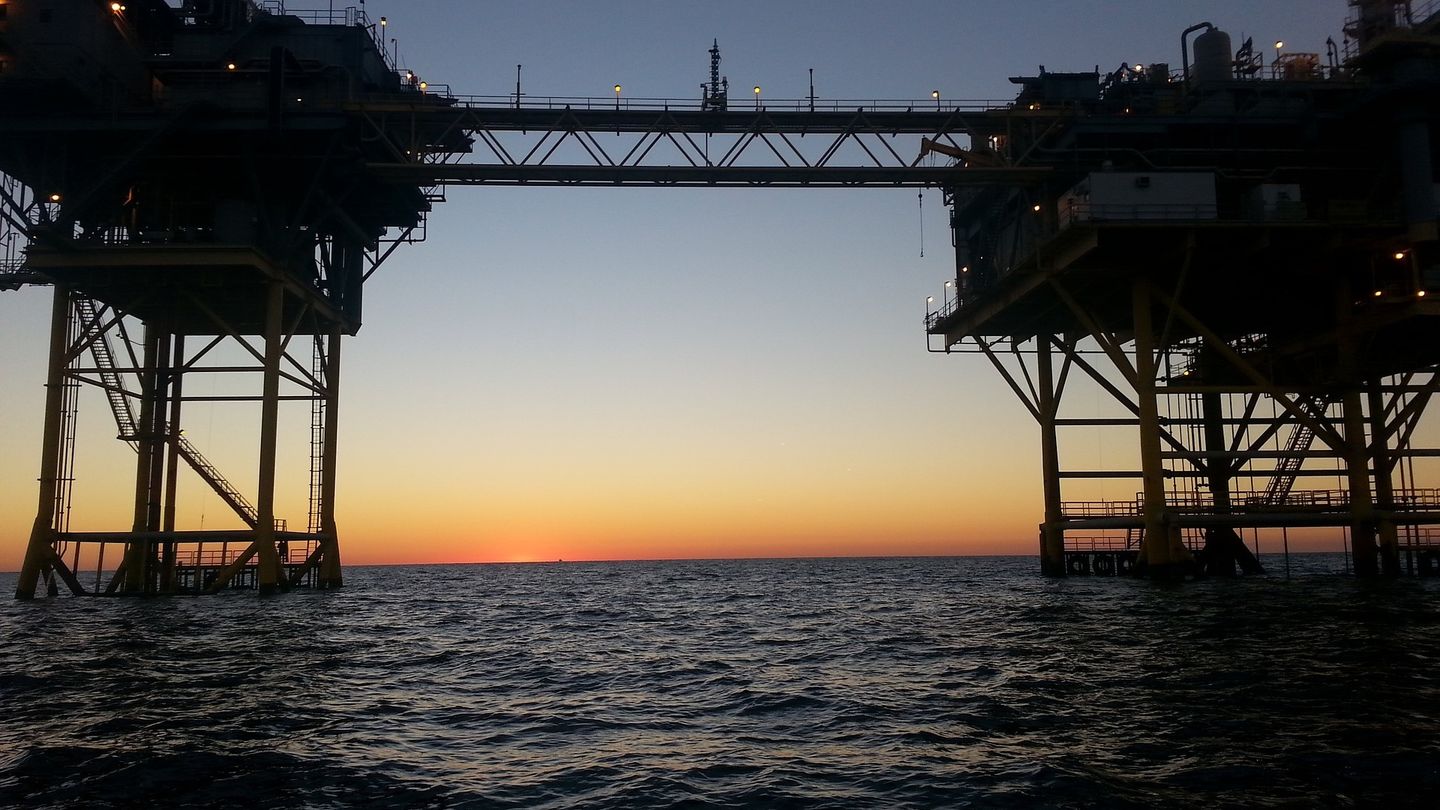
paper
New paper of Jan Mazač and Lukáš Tichý from the IIR's Centre for Energy Policy focuses on possible energy cooperation of the EU and Egypt.
SUMMARY AND RECOMMENDATIONS
The main objective of the external dimension of the EU energy policy in line with the Energy Union strategy is primarily to ensure energy security by diversifying external energy supplies, transport routes and suppliers, mainly in the gas domain.
Egypt’s recent offshore and onshore gas discoveries increased its natural gas reserves estimate. Its natural gas production is thus expected to double in 2020 and transform the country back into a gas supplier in the eastern Mediterranean region.
The European Union (EU) should thus strengthen its relations with Egypt to allow its gas production to reach European markets.
Introduction
According to A Global Strategy for the European Union’s Foreign and Security Policy from June 2016, the Energy Union represents an integrated effort to work on the internal and external dimensions of European energy security. To improve and promote diversification as an essential enabler for enhanced energy security in line with the Energy Union strategy, the EU, through its energy diplomacy, will continue to further develop strategic energy partnerships with important producing and transit countries, giving priority to partners and initiatives that are crucial to EU efforts to strengthen the diversification of EU energy sources, routes, and suppliers, particularly in the gas domain. One of the options for strengthening the energy security of the European Union and reducing its dependence on Russia is the utilisation of gas-rich areas like Egypt in the Eastern Mediterranean.
The recent large natural gas discoveries in the Eastern Mediterranean have increased hopes that the region could serve the EU’s energy needs and help to partly fulfil the stated goal of its Energy Union strategy. Considering its gas-rich areas (approx. 2.19 trillion cubic meters) and its existing export infrastructure, Egypt is the only country in the region that could possibly export gas to Europe independently and may emerge as a regional gas hub. At the same time Egypt may allow other regional producers (Cyprus and Israel) access to the European market by re-exporting their gas from one, or both, of the liquefied natural gas (LNG) facilities on its northern coastline.
Even though this paper focuses on natural gas and its implications for the EU energy sector, each subsequent section starts with a brief remark about crude oil as well. Important achievements in the oil sector, such as new discoveries and acquisitions in various areas, do not play a significant role for the EU needs so far; however, this situation may change in the medium or long term, as Egypt’s slightly rising oil production could outpace its domestic oil consumption again.
Energy security of Egypt
Reserves
Because of its new oil discoveries, Egypt’s reserve estimate has been boosted over the past few years. According to the U.S. Energy Information Agency (EIA) Egypt holds approx. 4,4 billion barrels of proved oil reserves. This is the sixth largest amount of oil reserves in Africa.
The new discoveries which have been made in the deepwater Mediterranean Sea, the Nile Delta, and the Western Desert similarly increase Egypt’s natural gas reserves estimate. According to EIA estimates Egypt holds the third largest amount of natural gas in Africa (after those of Nigeria and Algeria), which, again, amounts to approx. 2.19 trillion cubic meters of proved natural gas reserves, with the possibilities of more discoveries to come.
Productions
Egypt’s oil production declined for more than two decades after reaching a peak of 930,000 barrels per day (bpd) in November of 1996. It then reached its all-time low of 472,000 bpd in August 2017. However, since then its crude oil production has increased to 597,000 bpd in October 2017.
Egypt’s dry natural gas production declined since 2009 from 62.7 billion cubic meters (bcm) to 44 bcm in 2015. Nevertheless, according to the Egyptian petroleum ministry Tarek El-Molla, three recently discovered major gas fields (the fields in North Alexandria and Nooros, and especially the mammoth Zohr field, which was discovered by the Italian oil and gas company Eni) are expected to raise Egypt’s natural gas output by 50% in 2018 and 100% in 2020. This means that they should collectively bring approx. 50 bcm by the start of 2019. Due to this fact the natural gas production already rose to about 52 billion cubic meters in 2016 with the start of production in the first phases of BP’s North Alexandria project and Eni’s Nooros offshore field.
Infrastructure
The Suez Canal and the SUMED pipeline serve as a major transit route for oil and LNG shipped from the Persian Gulf to Europe and the United States (and vice versa) and are significant sources of revenue for the Egyptian government. Alongside the Suez Canal as one of the most important transit routes, the SUMED pipeline offers an alternative nearby route to transport crude oil from the Red Sea to the Mediterranean Sea in case ships are unable to navigate through the Canal itself.
Another important pipeline in the area is the Arab Gas Pipeline, which carries Egyptian natural gas to Jordan, Syria, and Lebanon and, since 2008, through its underwater extension, to Israel. The extension was designed to meet Egypt and Israel’s commercial and energy needs as well as reinforce the peace treaty signed by them in 1979. Nowadays, Egypt does not send its gas surpluses through the Arab Gas Pipeline any more, because it has become a net gas importer in 2015. But the gas transport as such was negatively affected even before 2015, when Egyptian gas was still available to be exported, by the Arab Spring and the civil war in Syria. With the fall of Mubarak and the weak state presence in Sinai the Arab Gas Pipeline became a target for several nationalist and Islamist groups, and finally, in connection with this, Egyptian authorities decided to stop supplying Israel with gas. Subsequently, due to the events in Syria the other part of the pipeline was shut down and Syria ceased to receive Egyptian gas.
Finally, Egypt has two LNG plants with a combined capacity of 17.3 bcm per year. The Spanish-Egyptian Gas Company’s (SEGAS) LNG plant in Damietta started production in 2004, has one train with a capacity of 7.5 bcm per year and has not exported LNG since 2012 because of a lack of natural gas supplies. Egypt’s second LNG plant, and the only one currently operating, is located at Idku, and has two trains with a capacity of 4.9 bcm per year each.
Consumption and export
Even though its crude oil production has increased since last year, one of Egypt’s main challenges is to satisfy its domestic consumption with its annual growth average of approx. 3%. Egypt’s oil consumption hit 853,000 barrels per day in 2017, and since 2011 it has outpaced the domestic oil production. Thus, Egypt currently has no crude oil exports at all.
A quite similar scenario, that is, a lack of domestic production that would satisfy the domestic consumption, has been seen in the case of Egypt’s natural gas. However, in this area, the predictions for the development in the foreseeable future are more optimistic than those for crude oil. Egypt has been a gas exporter since 2003, with its gas exports peaking in 2006, when it was exporting about 16.9 bcm of natural gas, most of it in the form of LNG. In this period, the majority of Egypt’s LNG (8.45 bcm) was exported to Europe and amounted to 15% of Europe’s total LNG imports (and 2% of total Europe’s natural gas imports – gas transported through pipelines and LNG combined). However, Egypt’s growing domestic consumption of gas (approx. 7% annually since 2006) and its decreasing domestic production of it (approx. 5.7% since 2006) caused Egypt to become a net gas importer in 2015. In spite of a slight drop of the domestic consumption in 2016, Egypt’s gas consumption hit 51.3 bcm in 2017. Nevertheless, the new gas fields’ outputs can establish Egypt’s self-sufficiency in this respect and drive its gas exports, so Egypt will become a net gas exporter again in the near future. Due to the fact that the new gas fields have been operating since 2016 (especially the energy giant Eni’s Zohr offshore field) and generating enough supplies, Egypt will probably stop importing LNG by the end of 2018.
Forecast: future energy relations between Egypt and the EU
Most of the analysts agree that Cyprus, Israel and Egypt’s joint export of gas to the European market would be mutually beneficial. Therefore, in this case, adopting a regional approach by pooling infrastructure and resources would have a positive commercial effect on all the participants, enhance market confidence, expand the appetite for investment in the region as a whole, and, finally, enhance the EU’s gas security of supply through diversification of counterparts, routes and sources. There are two main options for pursuing such a strategy.
The EastMed pipeline
The first option is the construction of a pipeline that would connect the gas fields in the Levantine Basin (Cyprus and Israel) to Greece and, in conjunction with the Poseidon and IGB pipelines, to Italy and other south east European countries. The Eastern Mediterranean Natural Gas Pipeline (EastMed) would make Cyprus the emerging energy hub of the region, with Egypt possibly connecting its gas fields to it for future export, if needed. Even though stakeholders have expressed confidence that the gas delivered by pipeline to Europe would be competitive with American LNG, there is a range of obstacles in this case such as the challenging terrain around Crete and Greece, the budget or the unsettled political situation in Cyprus (the Turkish claims to sovereignty over Cypriot maritime space) that may hinder the development of this project. Therefore, the second option, which is to make Egypt the region’s primary hub (in a much shorter term) might be seen as more viable.
The Egypt option
The second approach, which could fast-track the region’s emergence as a source of gas for Europe, would involve the transportation of Israeli and Cypriot off-shore gas reserves to Egypt for re-export from one, or both, of the LNG facilities on Egypt’s northern coastline, which are already available and currently under-utilized. Cyprus and Egypt already signed an agreement for a pipeline that would transport gas from the Aphrodite field to Egypt in 2016. This would provide Cyprus, via re-export, with access to the global LNG market. Israel could also count on Egyptian LNG facilities for exporting its LNG, with a number of options for transporting its gas into Egypt for re-export by reversing the direction of the AGP or by the construction of a short subsea pipeline to connect Leviathan to the Egyptian LNG plants. This option would provide all the participants with a source of revenues and fees, and using both LNG terminals would allow them to resume full operation. Although Egypt is likely to be able to export gas on its own soon (from Zohr) without needing Israeli or Cypriot gas, this approach offers Egypt commercial benefits as well as further investment opportunities (e.g. the construction of an additional terminal capacity) as the country transforms into a regional gas hub. Nevertheless, as in the previous option, in this case there are several obstacles which should be dealt with. Particularly international concerns regarding investments in Egypt are exacerbated mainly by the authoritarian tendencies of Egypt’s current administration, and the relations between Israel and Egypt, which are burdened with the debt owed by Egypt to the Israeli Electricity Company, but also by Egyptian popular protests against further trade with Israel, the recent Israeli gas stock drop and the question of being able to compete with American LNG.
Conclusion a recommendations
The recent discoveries of gas in the Eastern Mediterranean provide the region with an opportunity to emerge as a vibrant centre for a pipeline network for transporting gas into Europe or as a Mediterranean gas hub with increased LNG capacities. The EU should take advantage of the opportunities that emerge from these gas reserves in order to support its own energy provision and diversification and also for improving regional cooperation and security in that region. Support for one of the two options described above does not necessarily have to come at the expense of the other and even if the Egypt option does come to fruition in a shorter period of time, it does not necessarily eliminate the construction of the EastMed pipeline. Thus, we offer the following recommendations.
- The EU should seek to diversify its energy sources, routes and suppliers, and therefore develop a more proactive approach in the area of energy diplomacy with a focus on facilitating the emergence of a regional gas hub.
- In its energy relations with Egypt the EU should follow its Global Strategy for the EU’s Foreign and Security Policy, and the revised European Neighbourhood Policy with its recently adopted EU-Egypt Partnership Priorities and goals of the Energy Union.
- The EU should consider the future diversification of gas supply routes and infrastructure from Egypt as a Project of Common Interest. Allocating budget and staff to the task of exploring this option’s financial and technical viability would enhance the market confidence that the EU views the prospect with seriousness.
- Egypt should grasp all the opportunities deriving from the so-called Egypt option which would trigger growth, and help secure the needed stability in this region, and therefore fully engage in bringing about its emergence as a reliable gas-producing and transit country.
